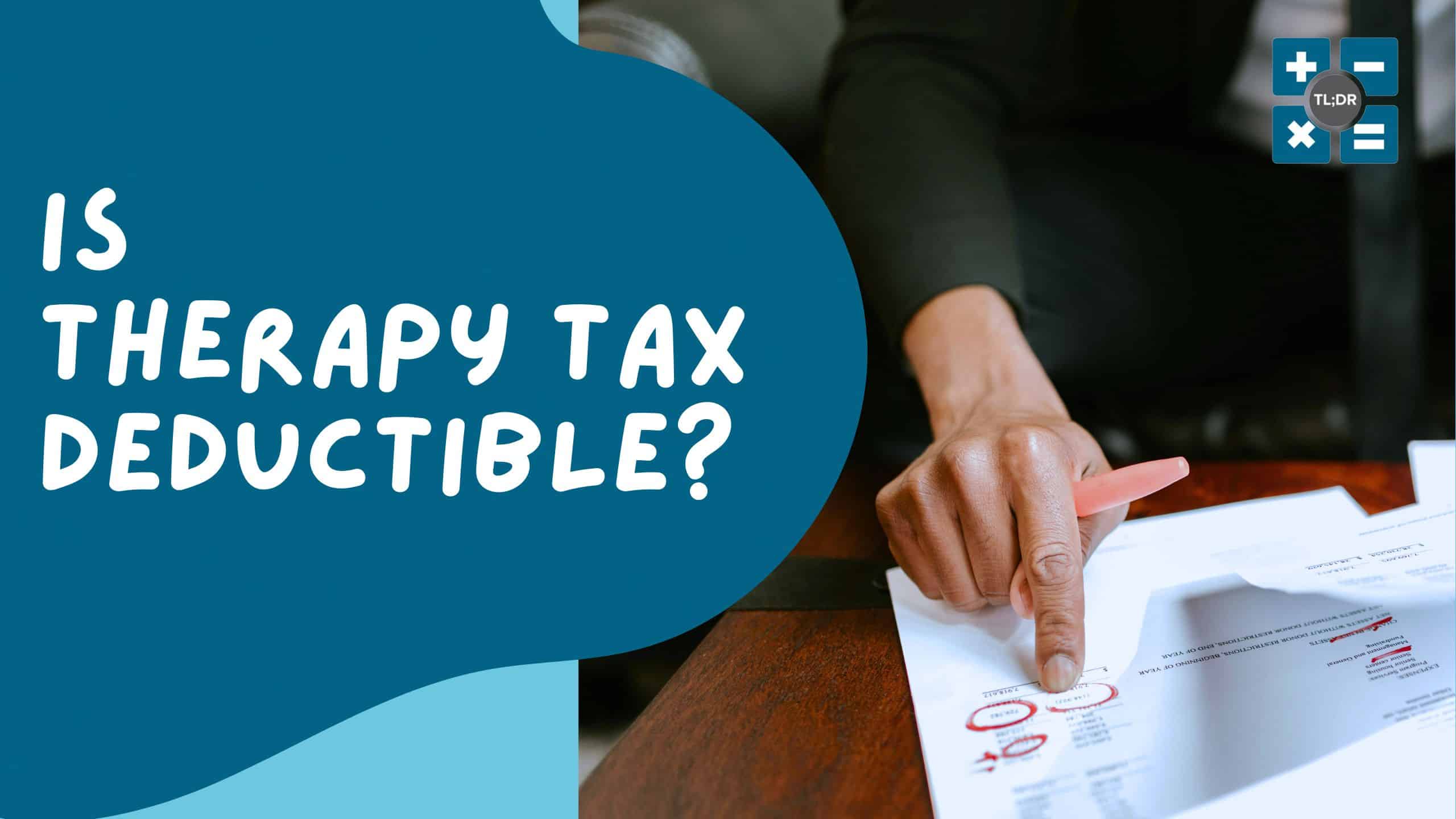The end of the year is nigh, and it’s time to (perhaps reluctantly) crunch some numbers in order to make sure that you maximize your refund. Bear with us: there have been some big changes to the tax law that affect everyone.
Some of these changes are rather simple. For example, the tax bracket structure has changed to max out at 37% instead of the old 39.5%. Also, the standard deduction has almost doubled to $12,000 for Single and $24,000 for Married Filing Jointly. Third, the Child Tax Credit doubled to $2,000 per child and phases out at a higher income level.
Other changes are not simple, but in effect “simplify” the tax code. An example is that the personal exemption is gone. This is bad news for taxpayers, although the increase in the Standard Deduction is meant to offset the loss. In effect, removing exemptions and increasing the Standard Deduction simplified the tax filing process.
Let’s talk about some more specific areas of the newly changed tax code.
Education
The two main Education tax credits remain the same. The American Opportunity Credit is meant for the first four years of college, while the Lifetime Learning credit does not have that restriction. The credits are complex enough to warrant an article of their own.
Have you heard of 529 college savings plans? They are relatively new, and are a tax-advantaged way to save for college for your child, grandchild, niece/nephew, etc. Much like a Roth IRA, you make after-tax contributions to the plan but the growth and distribution is tax-free for qualified expenses.
A new change is that you can now use 529 funds for any level of education, not just college, because as we all know, school is expensive every step of the way.
Mortgage Interest
What else is expensive every step of the way? That’s right, home ownership!
The perennially popular Mortgage Interest deduction is still in place, although the home value cap has been reduced to $750,000 for homes purchased after 12/15/2017. This further reduces the chance that you will itemize if you have a very new (or new-to-you) home.
Charitable Contributions
There has been one minor change to charitable giving. You can now give up to 60% of your Adjusted Gross Income and still have it deductible. This helps if you have to “bunch” your charitable giving every few years in order to pass the new high hurdle of the Standard Deduction.
Medical Expenses
Speaking of hurdles, medical expenses are only deductible up to the amount that exceeds 7.5% of your AGI, a very high bar to clear. The bad news is that this bar is going to increase to 10% starting next year, unless Congress acts soon.
While we’re on the subject of medical expenses, do you remember that form you’ve been getting that shows who in your family has been covered for which months? You would receive this form and use it as backup to certify that everyone in your family was covered with health insurance for most or all of the year in order to avoid a penalty.
Well, as of 2019 the penalty is gone. There is no longer any need to report whether you had health insurance or not.
City Dwellers and SALT
If you live in a big city and pay high property taxes, there’s a chance that you won’t be able to deduct all your State and Local Taxes (“SALT”). This is because there’s a new $10,000 cap on SALT deductions starting in 2018. Sadly, this will leave a lot of deductions on the table for leagues of urbanites.
The new 20% Pass-Through Income Deduction
Now is the best time ever to start a pass-through business. Also called “disregarded entities,” these businesses file their own tax returns but they don’t pay taxes — instead, all of their income passes through to your 1040. We’re talking partnerships, single-member LLCs, S-Corporations, sole proprietorships, and real estate holding corporations.
This deduction phases out for people who provide professional services (doctors, lawyers, accountants, consultants) at $157,500 for Single and $315,000 for Married Filing Jointly.
Alternative Minimum Tax
Pop quiz: What is the first thing you do after finishing your taxes?
- Vodka Soda
- Eat an entire chocolate cake
- Watch Netflix
- Do your taxes again, except differently
Sadly, the technically correct answer has been D for many middle class and higher income taxpayers. Thankfully, tax preparation software will automatically calculate your “second round” tax preparation, also called the Alternative Minimum Tax (AMT).
The AMT was originally designed to make sure that high-earners would never pay below a certain amount of tax. Unfortunately, after it was implemented it began to be modified, and the original intent of an Alternative Minimum Tax has been diluted ever since.
Thankfully, the minimum income needed to trigger the AMT has been raised significantly and will keep increasing with inflation. For 2018 the bar is $70,300 for Single and $109,400 for Married Filing Jointly. The phase-out caps have also increased, to $500,000 and $1,000,000 respectively.
Estate Tax
Speaking of high dollar amounts, the Estate Tax lifetime exemption is now doubled to $11.18 Million. This will drastically reduce the number of households affected.
Where Did My Deduction Go?
You might find a few more tax deductions are conspicuously absent. Let’s talk about life events first:
-
- Theft losses are no longer deductible. If you’ve been burglarized recently, this is like kicking you when you’re down, sadly.
- Moving expenses are no longer deductible, except for certain military moves. This is unfortunate, because it was a deduction you could take even if you didn’t itemize.
- Miscellaneous 2% deductions used to be a laundry list of deductions you could take only if they exceeded 2% of your AGI, but now they are now all gone. A few examples:
-
- Unreimbursed employee expenses
- Tax preparation fees
- Losses on IRAs
Pro-tip: Keep Contributing to Retirement!
With all of these changes in place, one notable item that stays the same is retirement contributions. One of the best things you can do for yourself, and for your taxes this year, is to max out your retirement contributions. For an IRA, this is $6,000 unless you’re 50 or older, in which case you can deduct up to $7,000.
Do yourself a favor and pad that nest egg!
TL;DR: The Tax Cut and Jobs Act largely simplified the tax code, but it affects different kinds of taxpayers very differently. Many small business owners can rejoice with the 20% pass-through income deduction, but taxpayers who grit their teeth through heavy property taxes are losing an important source of relief. Chances are that you might not get any tax benefit from donating to charities for the foreseeable future, but don’t hesitate to go for an IRA contribution deduction.






